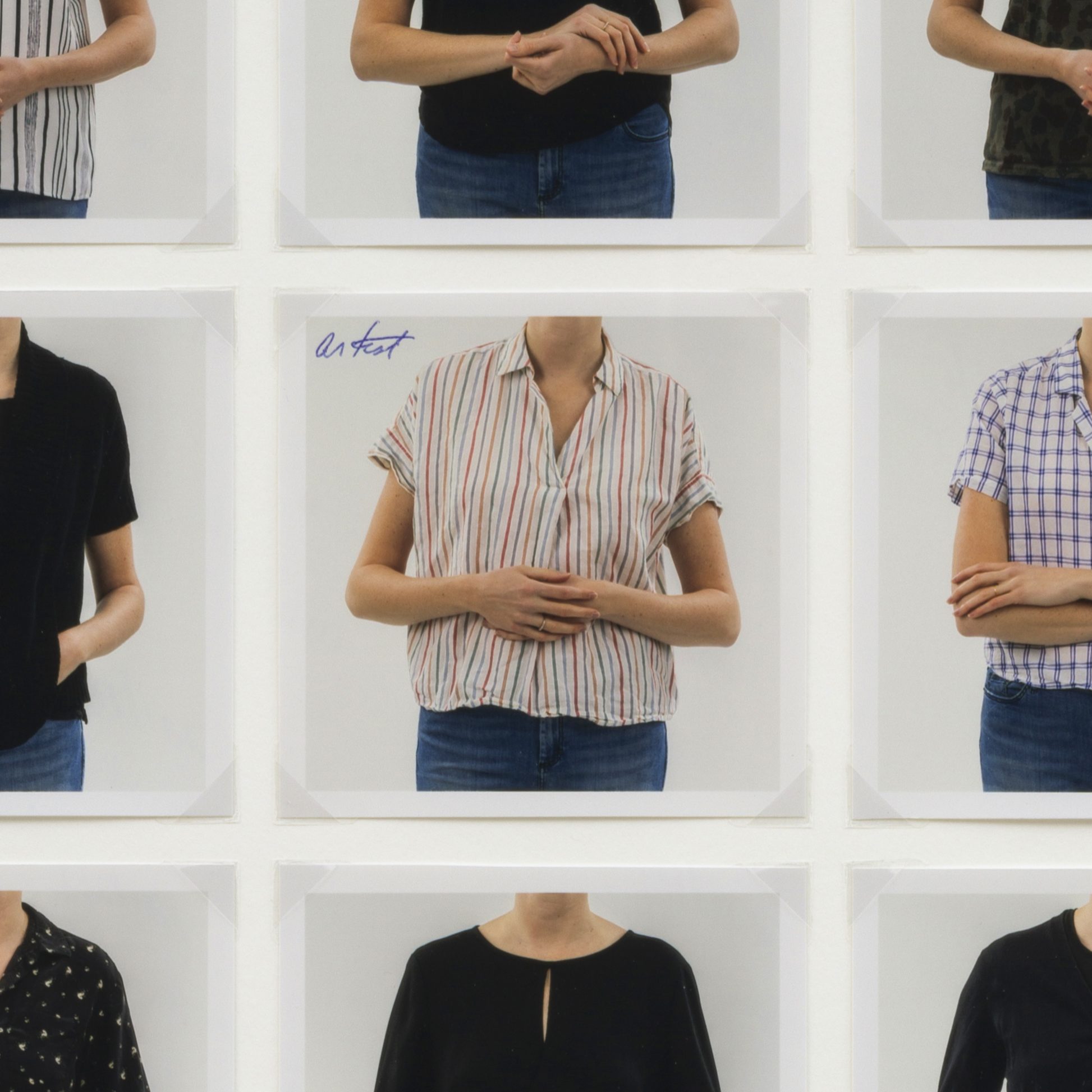From The Red Hook Journal:
In 2013 Google reported that only 10 percent of searches required more than a quick, fact-based answer, according to their research. Put another way, 90 percent of Google searches require definitive, easily digestible results. Algorithmically speaking, content should be homogenous, popular, recent, shallow, and short.
The company revealed these statistics during the launch of a feature called “In-depth articles”—a special block of search results that attempts to provide more balanced material for select queries. In-depth articles, per Google’s description, are longer in form, written across a larger time span, and drawn from a more diverse list of publications than the usual results. (It’s worth noting, however, that in one Forbes study, the New York Times represented a quarter of all In-depth articles, and a majority of content was less than two years old). Google has released some information about the suite of signals used to select deep content, but no official details have been shared about how the search engine determines whether or not a search receives the In-depth treatment. A disclosure of this kind is extremely unlikely, as the information would reveal specific variables of Google’s propriety algorithm, which is a protected trade secret.
It’s almost impossible to imagine: an engine that selects the world’s topics of deepest and greatest interest. What could this mean for art? I’d like to think that an art history major turned software engineer is having a private chuckle somewhere in California. Because how could someone at Google not have realized? With the In-depth feature, the company has essentially created a math machine for determining canonization.
Jeff Koons has In-depth results, Janine Antoni does not. Cindy Sherman, yes, Robert Gober, no. I Googled a few new names, which turned into making a list, which turned into creating a database. I wanted to know what the Google canon looked like. Does it resemble that of the art world? Could the two canons be compared to reveal a secret data structure underpinning all artistic legacies? Here’s the answer, in depth.


Industry vs. Machine: Canonization, Localization, and the Algorithm 2014 Interactive information visualization 1300 x 1300 pixels Commissioned by CCS Bard for the Red Hook Journal


